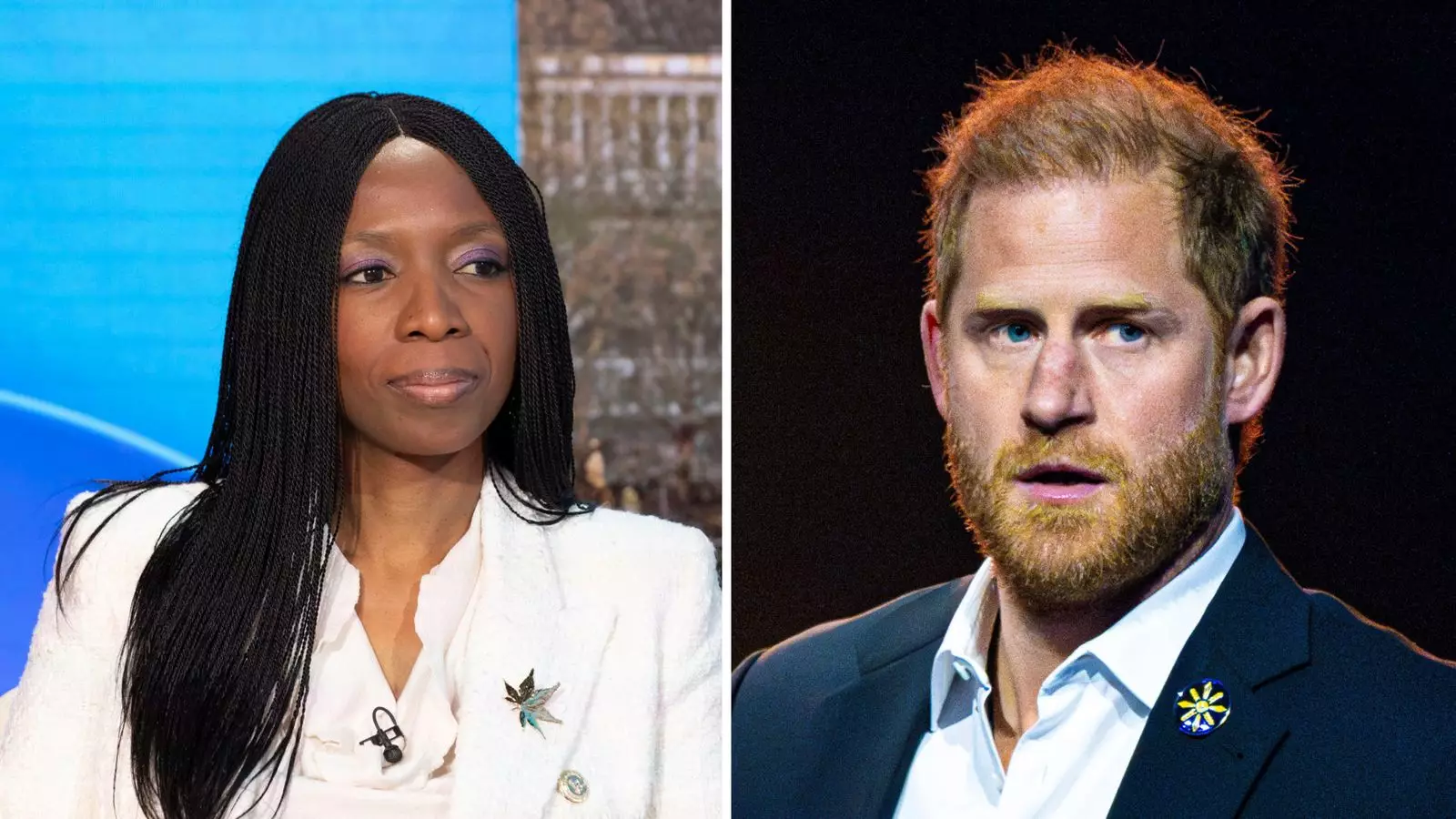The recent public spat within Sentebale lay bare the vulnerabilities inherent in charities that rely heavily on personal relationships, reputation, and leadership consensus. The conflict between chair Sophie Chandauka and Prince Harry wasn’t merely a dispute over governance or operational issues; it became a public spectacle that risked eroding the trust donors and beneficiaries placed in the organization. Such internal discord underscores a troubling pattern seen across many charitable entities where personal conflicts bleed into the public eye, overshadowing core missions. It raises a pressing question: can an organization effectively serve its purpose when its internal stability is compromised by individual egos and power struggles? Clearly, the answer is no.
The essence of a charity’s strength lies in its confidence, transparency, and integrity. When the public witnesses high-profile disagreements, it fosters suspicion about the organization’s real priorities. Are they about genuine service to those in need, or are they battles of personalities disguised as leadership disputes? Sentebale’s ordeal signals that the damage extends beyond internal politics—public disputes threaten the very fabric of trust patrons and supporters rely on. These incidents expose the thin veneer that often separates effective nonprofit work from behind-the-scenes conflicts. In this context, it’s crucial for charity leaders to remember that their primary responsibility is to the people they serve, not their personal ambitions or disputes.
Regulatory Interventions and Their Limitations
The Charity Commission’s investigation into Sentebale offered some measure of oversight, but it ultimately revealed a more superficial level of accountability. While it’s encouraging that no evidence was found supporting serious allegations such as racism or misogyny, the mere fact that the organization’s leadership engaged in public mudslinging calls into question the efficacy of current regulatory frameworks. The Commission’s role is to maintain standards and protect public trust, yet sanctions tend to be reactionary rather than preventative. In Sentebale’s case, their actions seem to have only scuffed the surface of a deeper institutional malaise.
What’s glaringly apparent is that regulations alone cannot prevent leadership conflicts from escalating or becoming public crises. There’s an urgent need for charities to cultivate internal cultures of transparency, mutual respect, and conflict resolution. Relying solely on regulatory bodies to police these issues may be insufficient; organizations must proactively foster environments where disputes are managed quietly, and the core mission remains paramount. Publicized disagreements do irreparable harm, especially when the organization’s financial health and reputation are at stake.
The Future of Sentebale and the Role of Leadership
Despite the turbulent fallout, Sentebale’s original mission remains a noble one—helping vulnerable youth in Lesotho combat HIV/AIDS and mental health issues. However, the question is whether the current leadership structure can rebuild confidence and ensure that the charity continues to serve its beneficiaries effectively. The withdrawal of Prince Harry from the day-to-day operations leaves a leadership vacuum that risks diluting the organization’s global focus and momentum. Nonetheless, it also presents an opportunity for introspection and reform.
Leadership in the nonprofit world must embody integrity, humility, and a genuine commitment to service. Sentebale’s turmoil exposes what happens when these qualities are lacking or sidelined by personal agendas. Moving forward, it isn’t enough to simply restore the status quo; the organization needs a comprehensive overhaul that prioritizes donor trust, transparency, and clear governance. As the charity moves ahead, the true test will be whether it can detach its identity from contentious personal conflicts and refocus on the young people whose futures depend on its success.
Rebuilding Trust in the Charitable Sector
Public faith in charities hinges on a delicate balance of accountability, transparency, and effective leadership. When high-profile disputes dominate the headlines, it tarnishes the broader sector, fueling skepticism among donors and the public. Sentebale’s experience serves as a cautionary tale for nonprofits everywhere: internal conflicts must be managed discreetly and constructively, lest they become a public spectacle that damages the entire sector.
In center-left liberal circles, where encouraging civic activism and philanthropic efforts are vital for social progress, sentiment is increasingly sympathetic toward the importance of safeguarding nonprofit integrity. It’s not enough to have passionate founders or charismatic leaders; organizations must embed ethical practices and conflict management into their DNA. Only through rigorous internal safeguards, genuine accountability, and a shared focus on their core mission can charities hope to withstand personal and political pressures without losing their way. The future of philanthropy depends not merely on well-meaning individuals but on resilient institutions capable of enduring storms and emerging committed to true social change.


Leave a Reply